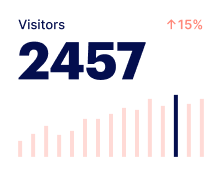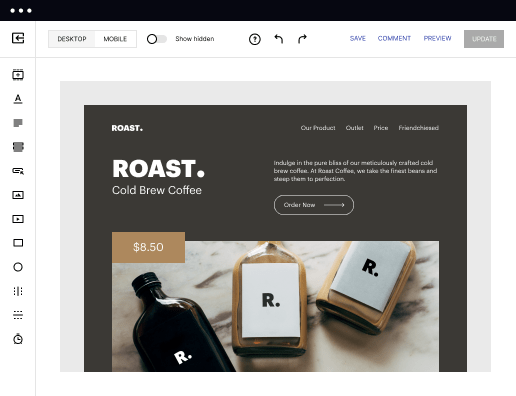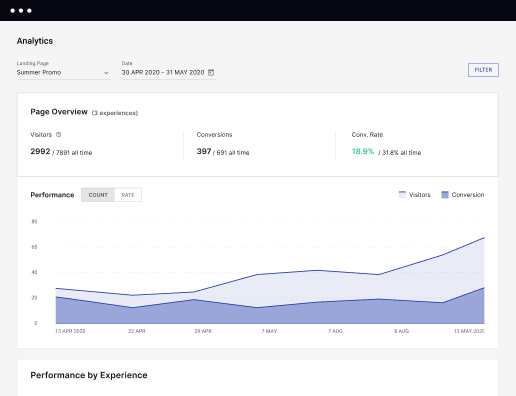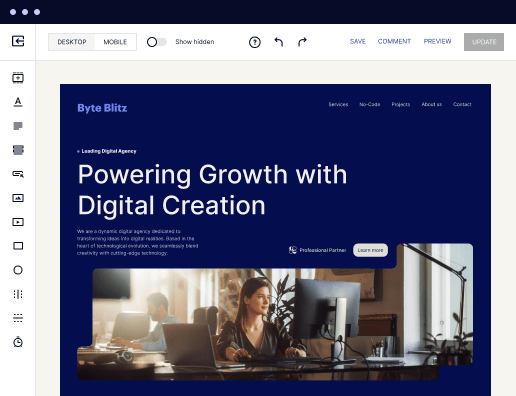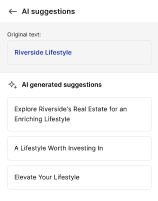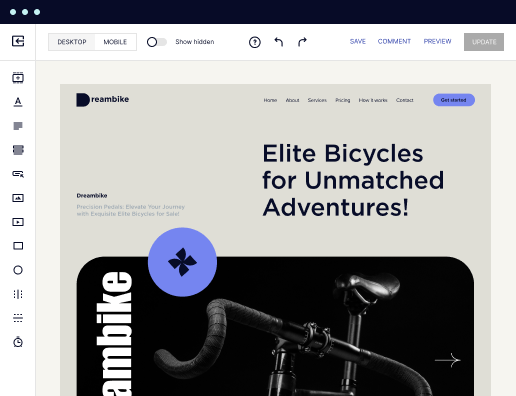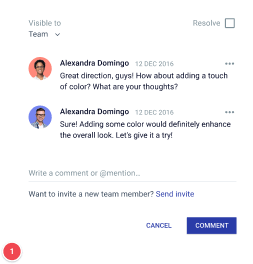Make your tailored blog page for Database administrators
Empower Database administrators with Instapage to deliver impactful blog page experiences and boost conversions.
Building your blog page for database administrators with Instapage
Crafting a blog page specifically for database administrators can significantly enhance your organization's credibility and online presence. By utilizing Instapage's flexible page creation platform, you can develop relevant landing page experiences that resonate with this technical audience, ultimately driving conversions and increasing brand trust.
Understanding your audience
Before diving into the design of your blog page, it's crucial to comprehend the unique needs and interests of database administrators. This includes recognizing their pain points in database management, their relationships with tech infrastructure, and the types of content they seek.
- Identify common challenges faced by database admins: Non-optimized SQL queries can lead to performance issues.
- Explore the latest trends: Understanding the implications of cloud databases on traditional systems.
- Provide resources: Offering guides on database administration best practices can resonate with this audience.
Creating compelling content
Once you understand your audience, the next step in building your blog page is generating content that provides real value to database administrators. This content should not only inform but also engage and encourage interaction.
- Data management tutorials: Step-by-step guides that simplify complex processes.
- Case studies: Real-world applications of database technologies that highlight successes.
- Industry insights: Share expert opinions on future trends that could affect the database landscape.
Utilizing Instapage features
With Instapage, you can leverage plethora of features to enhance your blog page's effectiveness. From built-in analytics to personalization tools, these features can optimize the user experience tailored for database administrators.
- A/B Testing: Experiment with different blog layouts to find what converts best.
- Dynamic Text Replacement: Use this feature to customize content based on the visitor's search queries.
- Analytics Dashboard: Analyze visitor behavior to continuously improve content strategy.
Implementing these strategies can transform a standard blog page into a powerful resource for database administrators, ultimately leading to higher engagement and conversion rates.
In conclusion, using Instapage to build your blog page tailored to database administrators not only streamlines the creation process but also delivers an experience that meets their unique needs.
Ready to take your blog page for database professionals to new heights? Sign up for Instapage today and see how our platform can transform your digital marketing strategy.
Get more out of Build your blog page for Database administrators
Improve your Quality Score with quick load technology for landing pages
Increase conversions with content that aligns with your ads and audiences
Achieve maximum ROI by scaling your marketing initiatives
Leading the way in building high-performing landing pages





FAQs
See how to build your blog page for database administrators in action
Ready to skyrocket conversions?
Supercharge your ad campaigns with high-performing landing pages.
Get started
